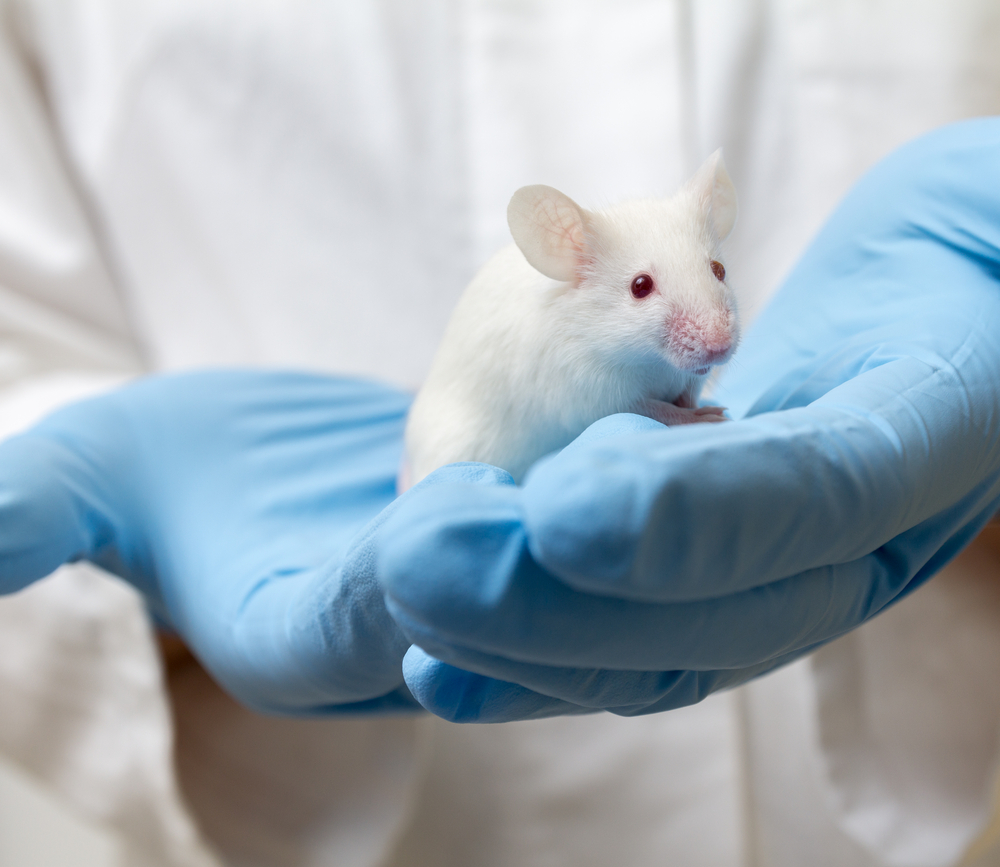Nasal Administration of Two Neuroprotective Proteins May Have ALS Application, Mouse Study Suggests

Nasal administration of two neuroprotective proteins, called Activin A and SerpinB2, reduced brain damage in a mouse model of stroke, a new study shows.
These findings suggest that nasal delivery of these proteins also may have clinical relevance for neurodegenerative diseases, such as amyotrophic lateral sclerosis (ALS), Alzheimer’s and Huntington’s diseases.
The study, “Post-injury Nose-to-Brain Delivery of Activin A and SerpinB2 Reduces Brain Damage in a Mouse Stroke Model,” was published in the journal Molecular Therapy.
Nerve cells (neurons) have intrinsic ways of protecting themselves against harmful conditions. This process, known as acquired neuroprotection, begins with nerve cell activity and depends on the correct location of important receptors, called N-methyl-D-aspartate receptors (NMDARs) .
Stimulation of NMDA receptors at the synapse (the point of communication between two neurons) leads to the build-up of a neuroprotective “shield,” whereas stimulation of NMDARs located ouside of the synapse (extrasynaptic) promotes nerve cell death.
Activation of the extrasynaptic NMDARs is found in both chronic and acute neurodegenerative diseases, including ALS, Alzheimer’s, Huntington’s, and stroke.
“We know that activated nerve cells produce proteins that guard against cell death,” Hilmar Bading, professor at the Interdisciplinary Center for Neurosciences (IZN), Heidelberg University, Germany said in a press release.
Previous research has identified two proteins, called Activin A and SerpinB2, produced in the nervous system in response to brain activity, that can suppress the damaging effects of extrasynaptic NMDARs.
Bading and his team were interested in designing a way to administer these neuroprotective proteins when their production by nerve cells has been compromised, like what happens after a stroke.
They used a mouse model of ischemic stroke to test liquid drops containing Activin A and SerpinB2 administered via the nose, a noninvasive method.
First they established the neuroprotective effects of both activin A and serpinB2. A mouse model of stroke was injected into a targeted area on the left side of the brain with 100 nanograms (ng) of either Activin A or SerpinB2.
These mice had significantly less brain damage compared to control mice. Moreover, the intact proteins were detected in the brain at least for one hour after the injections.
However, injections into the brain are “unsuitable for a potential clinical application of neuroprotective gene products,” researchers wrote.
The activin A or serpinB2 were delivered 10 minutes after a stroke to the left naris (nostril). The nasal application was repeated one and two days later. The effects of the nasal solution were assessed seven days after the stroke.
Mice treated with the nasal solution showed less brain damage in certain regions of the brain compared to control mice (treated with an inactive protein).
Nasal application of a combination of activin A and serpinB2 (both 1 mg) also had a robust protection against stroke-induced brain damage. The combined therapy, however, was not significantly more effective than application of either Activin A or SerpinB2 alone.
The protection of the nasal administration was similar to that obtained when the proteins were delivered by injection into the brain.
Overall, these findings “establish post-injury, nose-to-brain delivery of Activin A and SerpinB2 as effective and possibly clinically applicable treatments of acute and chronic neurodegenerative conditions,” including ALS, the study concluded.
“Unfortunately, it will take many more years before clinical applications in humans are possible. There are a number of testing phases that must be passed before a new compound is approved as a therapeutic drug,” said Bading.






